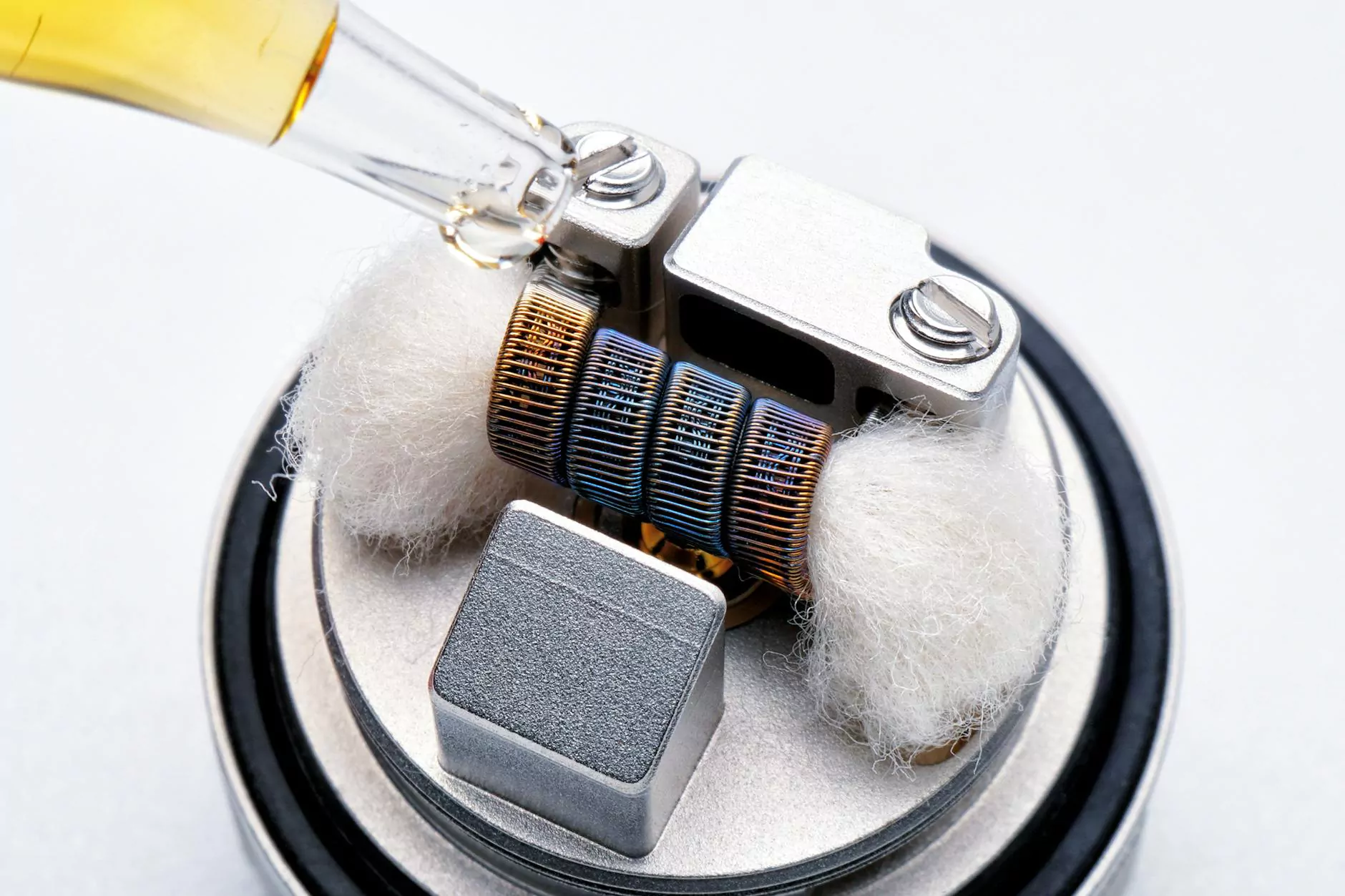Disinfection of Surgical Instruments: A Comprehensive Guide
In the realm of healthcare, the disinfection of surgical instruments stands out as a cornerstone of patient safety. The integrity of surgical procedures hinges on the meticulous cleaning and sterilization of instruments used in surgeries and medical treatments. In this article, we will explore the various methods, significance, challenges, and best practices associated with the disinfection of surgical instruments.
Understanding the Importance of Disinfection
The primary goal of disinfecting surgical instruments is to prevent infections that can arise from contaminated tools. Invasive procedures expose patients to numerous risks; thus, ensuring that all instruments are free from pathogens is critical. Below are some key reasons underscoring the importance of proper disinfection:
- Patient Safety: Infections acquired during surgery can lead to serious health complications, longer hospital stays, and even fatalities.
- Regulatory Compliance: Healthcare facilities must adhere to strict guidelines set forth by organizations such as the Centers for Disease Control and Prevention (CDC) and the World Health Organization (WHO).
- Quality of Care: A facility’s reputation is greatly influenced by its commitment to hygiene and infection control.
- Cost-Effectiveness: Reducing infection rates can lead to tremendous savings on extended care and treatment costs for complications arising from surgical site infections.
Methods for Disinfecting Surgical Instruments
There are several methods available for disinfecting surgical instruments, each varying in effectiveness, cost, and practicality. The choice of method often depends on the type of instruments and the level of disinfection required. Below are the most common methods:
1. Thermal Disinfection
Thermal disinfection involves the use of heat to eliminate pathogens. This method is highly effective and typically involves a high-temperature wash cycle followed by rinsing and drying. There are primarily two types:
- Steam Sterilization: Using steam under pressure, steam sterilization is one of the most effective methods, reaching temperatures of 121-134°C.
- Dry Heat Sterilization: This method uses hot air for a longer time to disinfect instruments. It is suitable for tools that might be damaged by moisture.
2. Chemical Disinfection
Chemical disinfection employs various chemical agents to effectively kill bacteria and viruses on surgical instruments. Common chemical disinfectants include:
- Glutaraldehyde: Commonly used for instruments that cannot undergo heat sterilization; however, prolonged exposure can be harmful.
- Hydrogen Peroxide: An eco-friendly alternative that can effectively disinfect instruments at lower concentrations.
- Ethylene Oxide: Used for heat-sensitive items, this gas sterilizes instruments but requires aeration to remove any harmful residue.
3. Ultraviolet (UV) Disinfection
Ultraviolet light is emerging as a promising method for disinfecting surgical instruments, utilizing UV-C light to damage the DNA of pathogens. This method is particularly effective in settings where traditional disinfecting methods are impractical.
Challenges in Disinfecting Surgical Instruments
Despite the availability of various methods for the disinfection of surgical instruments, several challenges persist:
- Complex Instrument Design: Many surgical instruments have intricate designs that can harbor bacteria in hard-to-reach areas, making thorough cleaning difficult.
- Human Error: Inconsistent application of disinfection protocols due to human oversight can compromise the effectiveness of procedures.
- Resource Constraints: Many healthcare facilities, especially in emerging economies, may lack access to modern disinfection technologies.
- Increased Pathogen Resistance: The rise of antibiotic-resistant bacteria poses a significant challenge to effective disinfection practices.
Best Practices for Disinfection
Implementing best practices is essential for effective disinfection and infection prevention. Healthcare facilities must prioritize the following:
1. Adherence to Protocols
Establishing and following strict protocols for the disinfection of surgical instruments is vital. This includes clear guidelines for cleaning, sterilizing, and storing instruments.
2. Staff Training
Regular training programs for healthcare staff ensure that everyone understands the standards of infection control and the importance of proper disinfection techniques.
3. Regular Equipment Maintenance
Ensuring that sterilization equipment and tools are properly maintained and regularly inspected guarantees their effectiveness in disinfection processes.
4. Keeping Up with Advances
The field of sterilization and disinfection is constantly evolving. Healthcare facilities should stay abreast of the latest research and technologies that enhance the disinfection of surgical instruments.
5. Monitoring and Quality Assurance
Implementing a quality assurance program can help monitor compliance with disinfection protocols, identify areas of improvement, and ensure the highest standards are consistently met.
The Future of Disinfection in Healthcare
As technology evolves, the methods and processes for disinfection of surgical instruments are expected to become more effective and user-friendly. Innovations such as:
- Automated Cleaning Systems: These systems can standardize processes, reducing human error.
- Nanotechnology: Advances in nanotechnology may lead to new disinfectants that are more effective at lower concentrations.
- sustainable Practices: Increased focus on environmentally friendly disinfectants will grow in importance.
Conclusion
The disinfection of surgical instruments is an essential aspect of providing quality healthcare. By adhering to strict protocols, utilizing effective methods, and confronting the challenges of disinfection head-on, healthcare facilities can significantly improve patient safety and outcomes. As innovation continues to reshape our approaches to disinfection, the healthcare community must remain vigilant and adaptable to ensure the highest standards of care are both met and maintained.
For more information and resources on the best practices for the disinfection of surgical instruments, visit medalkan.com.









